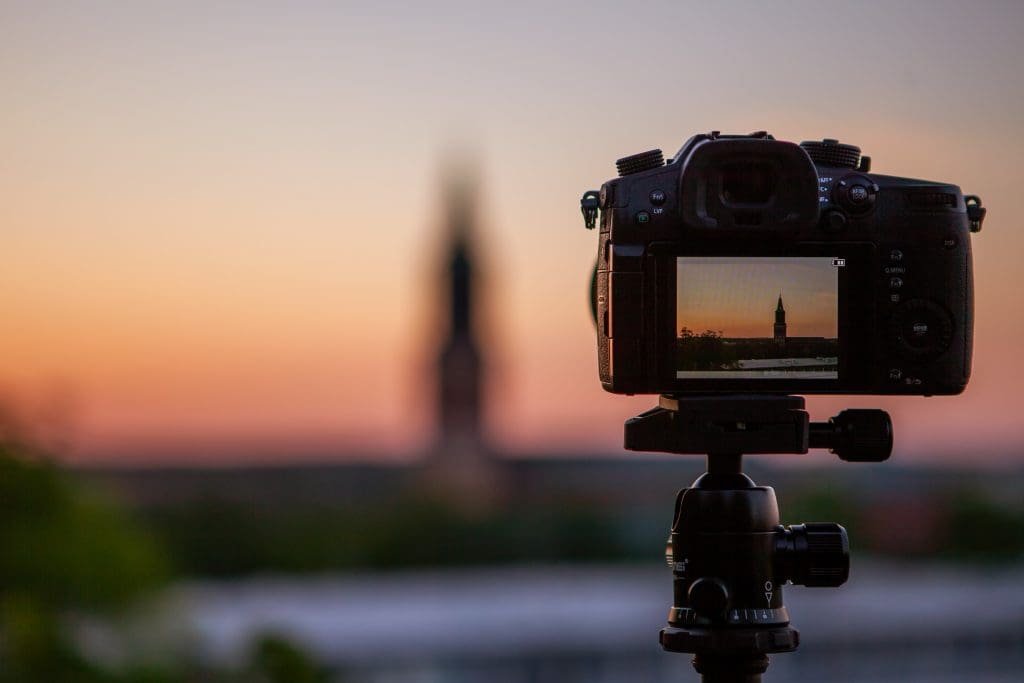Most digital cameras are crop sensor cameras. However, renowned camera manufacturers also fabricate full-frame cameras, and many photographers claim they are better. While full-frame cameras may have a few advantages, you should base your decision on what’s best for you and not on what other people say. Here is everything to know about crop cameras and why they may be a better choice for you.
What is a Crop Camera?
A crop camera is a camera with a sensor smaller than the size of a full-frame camera, which is 24×36 mm, the size of a 35mm film camera. You’ll find crop cameras with sensors that measure 24×16 mm, 22.5×15 mm, 7.6×5.7 mm, or less than that. They may be DSLRs, mirrorless cameras, compact cameras, and smartphones. Crop cameras come in various models, from point-and-shoot cameras to professional cameras.
Usually, a manufacturer uses the same sensor size for a type of camera. For example, Canon uses a 1.6 crop factor, which means Canon crop cameras have a sensor 1.6 smaller than 24mm x 36mm. Nikon, Sony, and others use a 1.5 crop factor.
Fujifilm X-T2, crop camera with a 23.60 x15.60 mm sensor – Photo by Bryan Elliott
The Advantages of Using a Crop Camera
Because crop cameras have a smaller sensor, they are smaller, lighter, and less expensive than full-frame cameras. They are also easier to fabricate and, therefore, more popular among manufacturers.
Lenses are designed for full-frame or crop cameras. And while you can’t use anything but full-frame lenses on a full-frame camera, you can use any lens on a crop camera. So, not only that you have a wide variety of crop camera models, but you also have a broad range of lenses.
When you use a full-frame lens on a crop body, the image in the lens is larger than the frame available in the sensor. As a result, the camera will capture only the area that fits the frame. But it will do so by multiplying the lens’ focal length with the sensor’s crop factor. For example, if you use a 50mm lens on a Nikon body with a 1.5 crop factor, your photograph will look as if you would have captured it with a 50×1.5 = 75mm lens. It translates into a magnification, which wildlife and macro photographers appreciate.
Crop cameras produce a deeper depth of field than full-frame cameras. The deeper depth of field comes in handy in landscape photography when you want to have the entire scene in focus. If you are into street photography, you may appreciate crop cameras because they are smaller and easier to handle.
Canon EOS 80D, crop camera with a 22.3 x14.9 mm sensor – Photo by Hanson Lu on Unsplash
The Drawbacks of a Crop Camera
The major drawback of crop cameras is low image quality, especially at high ISO values and low lighting conditions. Crop cameras are more prone to ISO noise and have a smaller dynamic range. The smaller the sensor is, the lower the quality of the image will be. You can test it by photographing the same scene with your DSLR and smartphone and see how the difference in sensor size influences the result.
Nikon D7200, crop camera with a 23.5×15.6 mm sensor – Photo by Sajad Nori on Unsplash
Crop cameras are versatile and easy to use. The deficit in image quality isn’t always an issue, especially since modern cameras have become better and better. Find the gear that works for you and your photographic style. A better photograph doesn’t mean a more expensive camera but a technically-prepared and creative photographer.

